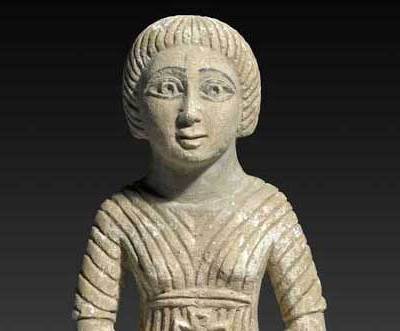In the March issue of Apollo, Aaron Rosen argues that it is never justifiable to burn a fake, in response to the Chagall Committee’s seizure of a suspected forgery from the British businessman Martin Lang and subsequent move to have it destroyed. Now Sofia Komarova, director of Artvera’s gallery in Geneva (who were instrumental in uncovering the notorious Beltracchi forgeries), writes in defence of the Committee’s decision:
Why not destroy this fake?
I am startled that the discussion is so focused on the Chagall committee and their decision. They are actually doing their job. If they are certain that the painting is a fake, what is the problem with cleansing the art market? What happens to fake items like LVs or Rolexes withheld at airports? They are destroyed.
We know when Martin Lang purchased the forgery and for how much, but I wonder why there is no information regarding where and from whom he purchased it. As the director of an art gallery specialising in the modern masters – and dealing with Chagall artworks myself – it is obvious that a professional (gallerist/auction house) ought to have asked the Committee about the authenticity of the work, before the painting was sold.
Regarding paintings by others artists, research on the provenance of works and information held in catalogue raisonnés, for example, might be enough. But for Chagall it is another story: he produced around 10,000 works and relatively few of them were displayed, so the Committee plays an essential role.
Huge amounts of money are exchanged in the art market. Hence, if one wishes to purchase an importance piece, s/he should ask for advice at a serious gallery or auction house. If this doesn’t happen, it’s like going to the flea market, gambling on the value of an item, and purchasing it with no guarantee. When buying a car, a certificate is naturally included and you also have special insurance. It is the same in the art world: you ask the advice of a professional. You will pay a little bit more for that service, but if the work turns out to be a fake, you don’t risk losing all your money.
It is truly bewildering that this process might sound unusual.
Is it justifiable to destroy a fake painting? Let us know what you think in the comments…
Related Articles:
Forum: Is it ever justifiable to burn a fake? (Aaron Rosen)
Unfortunate Fake (Maggie Gray)



